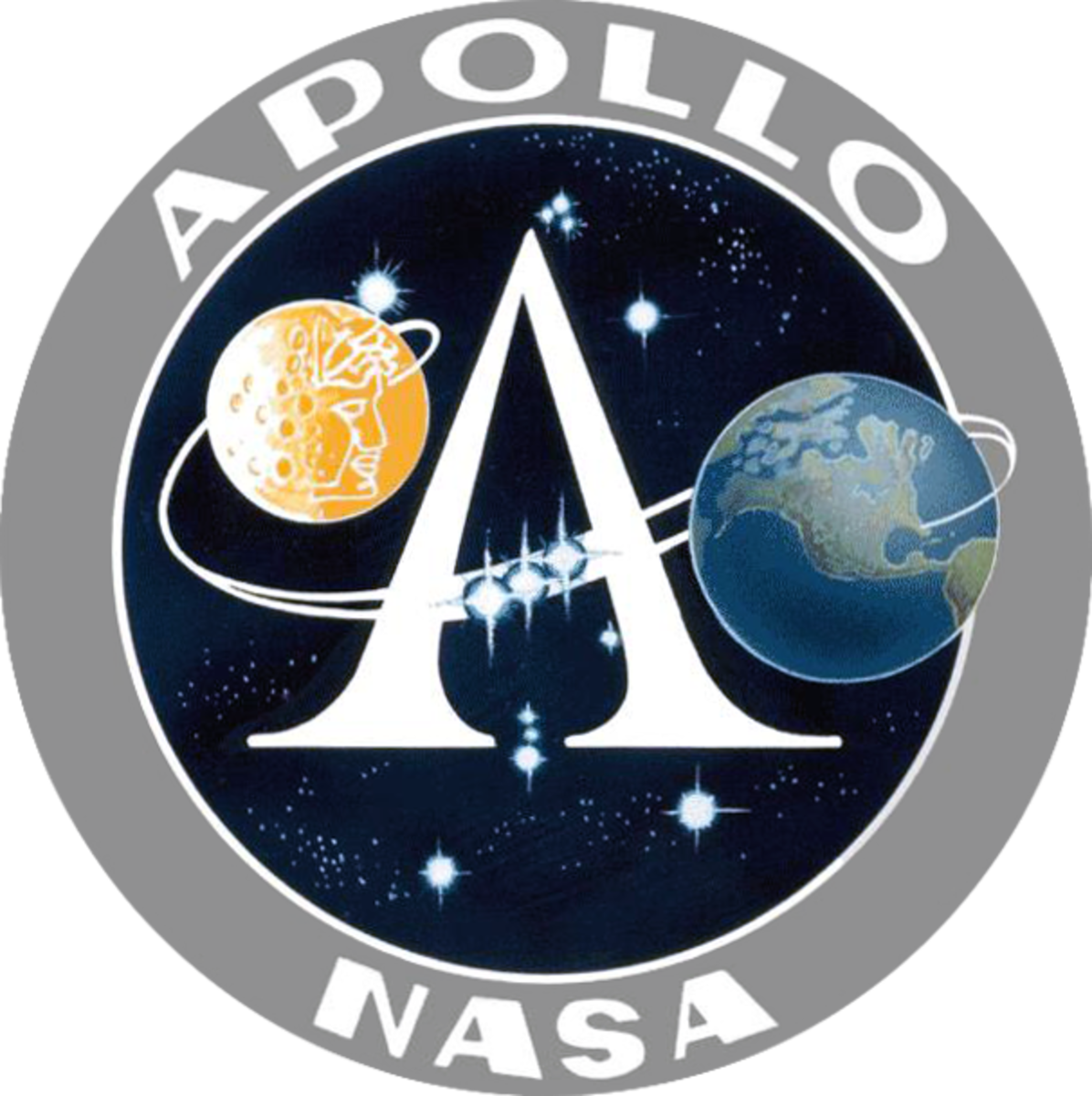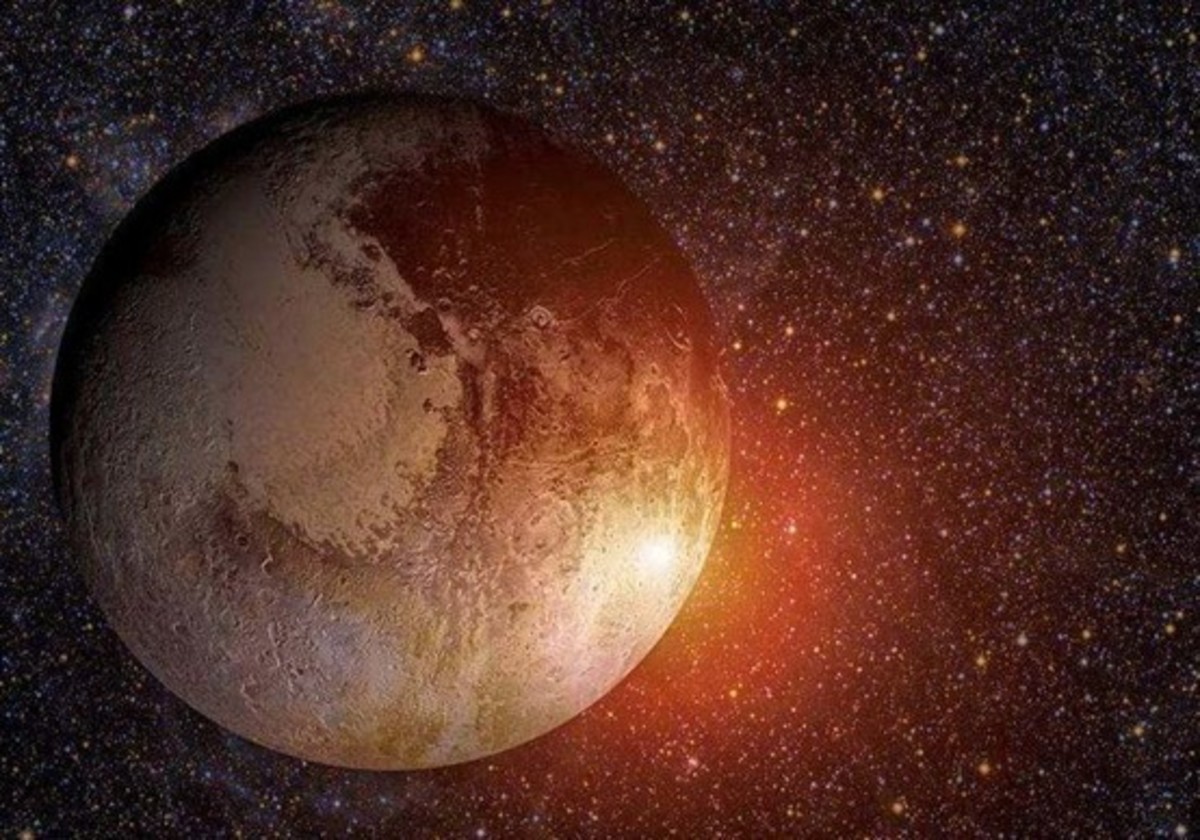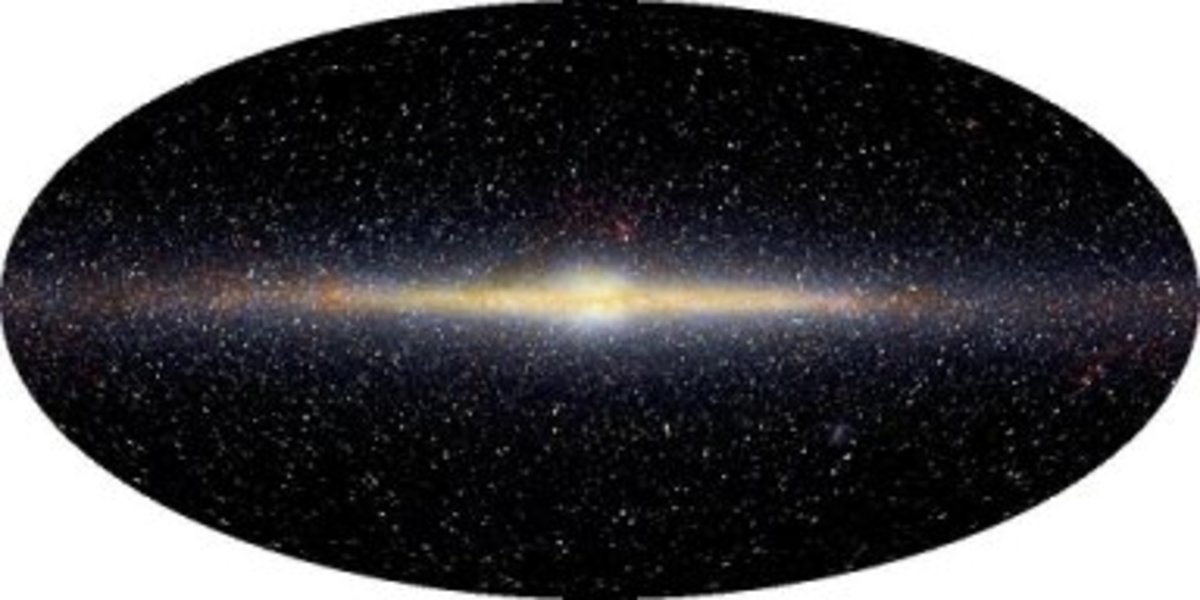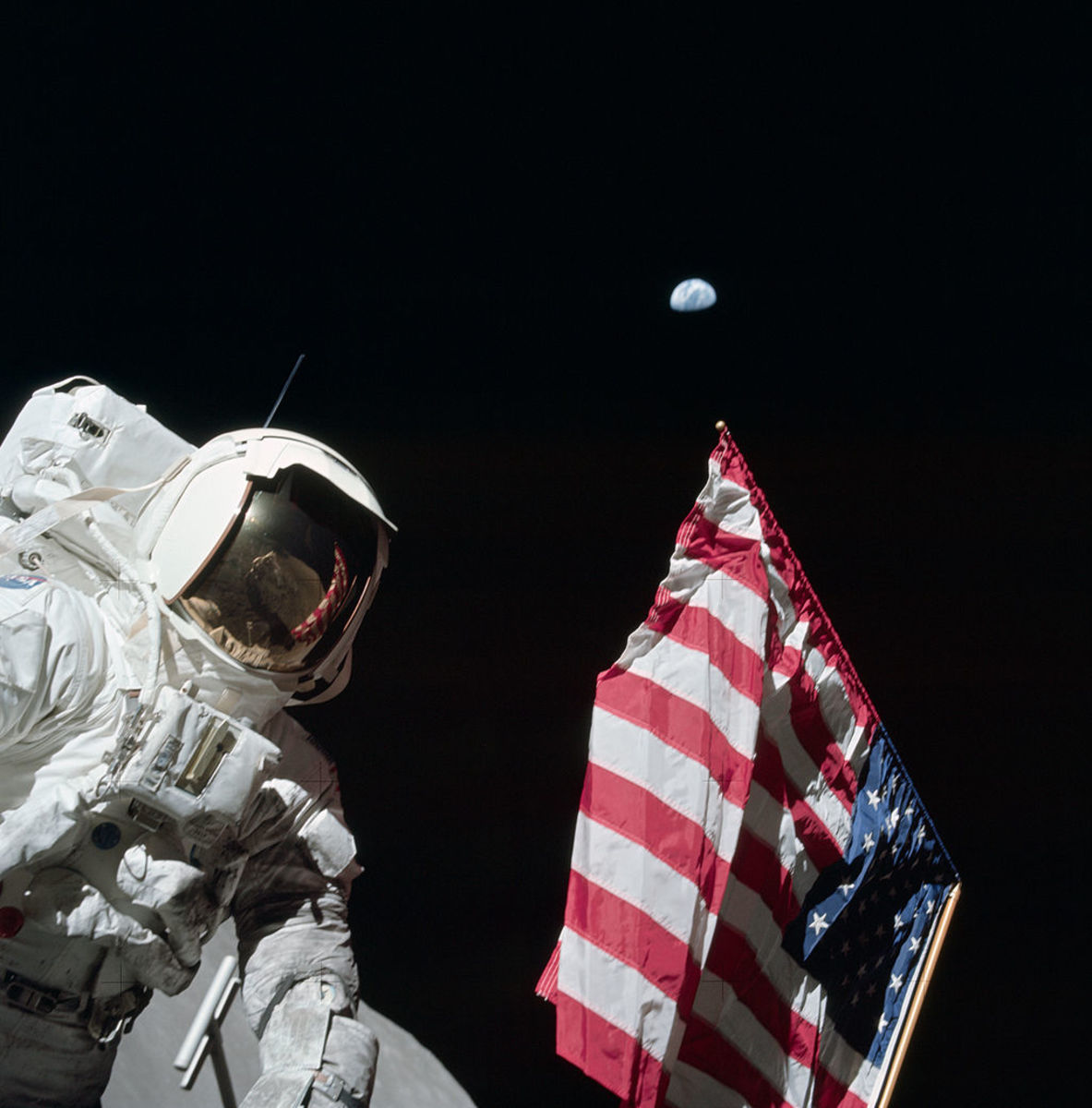All About Solar and Lunar Eclipses
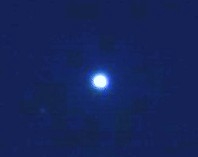
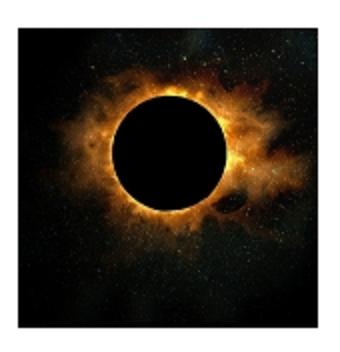
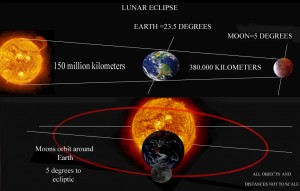
By Joan Whetzel
Every year, people somewhere in the world, have the opportunity to witness a solar or lunar eclipse. They may be partial, full, or annular eclipses, depending on the viewer's location at the time of the eclipse's occurrence. Any way you look at it, viewing an eclipse is a cool experience, especially once you understand what's happening.
What Are Eclipses?
An eclipse occurs when one celestial body completely obscures another. The term eclipse can also be defined as the period of time during which such an obstruction occurs. In the case of a solar eclipse, our view of the Sun, from the Earth's surface, is blocked. It also cuts off the Sun's light and warmth from the Earth, at least until the eclipse is over. In the case of a lunar eclipse, the Sun's light is blocked from hitting the Moon's surface, making it appear that the Moon has gone quite dim, at least from our point of view here on Earth.
Solar Eclipses
A solar eclipse occurs when the Moon passes between the Earth and the Sun. The Moon blocks the Sun's light and casts two shadows on the Earth's surface - the umbra and the penumbra. The umbra (the dark center of the Moon's shadow) grows smaller as it reaches the Earth's surface. The area of the Earth's surface covered by the umbra is the only area where a total solar eclipse is visible. The penumbra grows larger as gets closer to the Earth's surface.
Lunar Eclipses
A lunar eclipse occurs when the Earth comes between the Sun and the Moon, preventing the Sun's light from hitting the Moon's surface. In other word's the Moon grows quite dim because the it is in the Earth's shadow. This only happens when the Moon is full. Lunar eclipses occur at least twice a year either as a partial or a full eclipse. The lunar eclipse has an umbra and penumbra. The umbra has no direct solar radiation hitting the Moon's surface, which means the center of the Moon's disk will be the darkest. The penumbra allows a little light to hit the Moon's surface around the edges, leaving a ring around the outside that is a bit brighter than the center of the Moon.
Partial Eclipses
Partial lunar and solar eclipses appear as though only a portion of the Moon or Sun are being blocked from the viewpoint of the people witnessing the eclipse. Partial solar and lunar eclipses occur when:
· our vantage point puts us in the penumbra shadow during a solar eclipse.
· when our latitude is far enough north or south of the eclipse's path to change the angle of the eclipse and put our viewpoint out of the path of total obscuration.
· when the Sun, Moon, and Earth are lined up such that the shadow only crosses a portion of the Sun or Moon.
Full Eclipses
An eclipse is considered a total or full eclipse only when:
· Solar: the center of the Moon's shadow strikes the Earth and the Moon completely obscures our observation of the Sun.
· Lunar: the Moon passes completely into the Earth's shadow.
The path of a total solar eclipse covers a narrow strip only about 150 km (492,126 feet or 93 miles) wide. For a total solar eclipse to occur, there must a new Moon present and the Moon must be in the correct position, where it is placed directly between the Earth and the Sun. For a total lunar eclipse to occur, there must be a full Moon present and the Earth must be positioned so that it is lined up directly between the Sun and the Moon.
The reason that the Moon appears to totally eclipse the Sun, when it is obviously smaller than the
Sun, has to do with the size of the Moon and the Sun as well as the distances between the Sun and the Earth and between the Moon and the Earth. The Sun's diameter (864,000 miles or 1,390,473.2 km) is 400 times larger than the moon's diameter (2,160 miles or 3,476.1831km). However, the Moon is approximately 400 times closer to the Earth than the Sun. This distance to size ration creates sort of a forced perspective (similar to the forced perspective used to film the Lord of the Rings movies) that makes the Moon appear to be big enough to totally obscure the Sun.
This ratio, though, does vary a little since the earth has an elliptical orbit. Since the Earth has an elliptical orbit, the Moon may appear smaller (too small to block the sun) when in front of the Sun, creating an annular eclipse, or it may appear larger in comparison to the sun creating the full eclipse. So when the earth's orbit brings it closer to the sun, and a solar eclipse occurs, then it will be a total eclipse.
Annular Eclipses
Annular eclipses are, in essence, a total eclipse - with a twist. During an annular eclipse, either a slight ring of the Sun's light will appear around the MOON (solar eclipse) or a small ring will appear of the Moon will not appear in shadow (lunar eclipse).
Here's where the Earth's elliptical orbit comes in. Annular eclipses occur when the Earth is farthest away from the Sun. So, in the case of solar eclipses, the Moon will not be quite large enough to completely hide the Sun, but will appear slightly smaller, which allows the "ring of fire" around the outside of the Moon. In the case of lunar eclipses, the Earth will not completely block the Sun's light, so the center of the Moon will go dark, with a very small ring of brightness appearing around the perimeter.
Eclipse Experiment: On any night when the Moon is full, go outside and look up. Close one eye, then extend your arm toward the Moon, holding your thumb up, placing your thumb between you and the Moon. Does it obscure the Moon completely. Slowly move your thumb closer to your eyes, and notice how your thumb appears to grow large enough to obscure your view of the moon completely. This will give you an idea of the difference between an annular eclipse and a total eclipse.
Resources
American Heritage Dictionary. Eclipse.
http://education.yahoo.com/reference/dictionary/entry/eclipse
Starchild Forum. What Is an Eclipse?
http://starchild.gsfc.nasa.gov/docs/StarChild/questions/question6.html
Space.com. What Is a Solar Eclipse
http://www.space.com/15584-solar-eclipses.html
NASA. Lunar Eclipses - Past and Future.
http://eclipse.gsfc.nasa.gov/lunar.html
New World Encyclopedia. Lunar Eclipse.
http://www.newworldencyclopedia.org/entry/Lunar_eclipse


